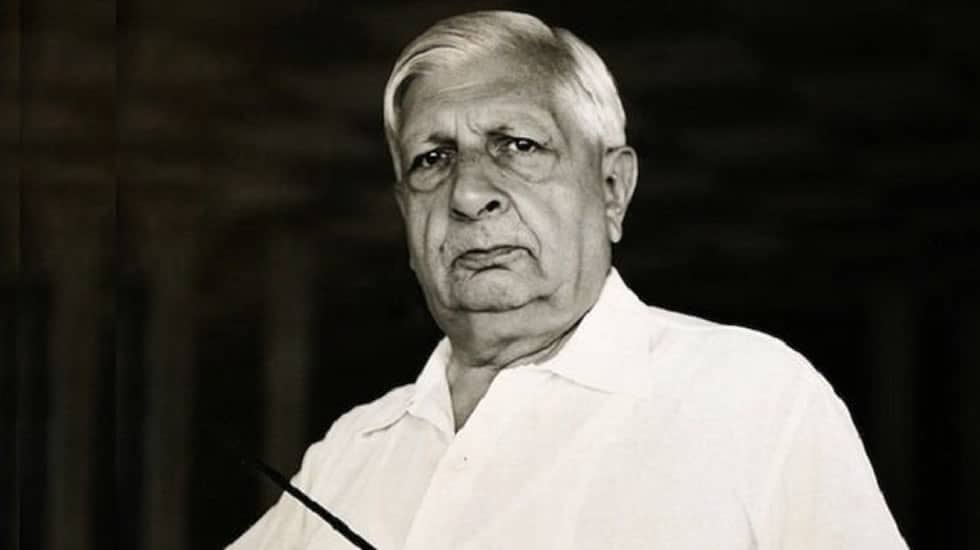Chirico oil painting reproductions hand-painted on canvas
Massively Talented Artist — Fantastically Accurate Replica
Oil paint on Cotton Canvas — Exclusive Customer Services

Massively Talented Artist — Fantastically Accurate Replica
Oil paint on Cotton Canvas — Exclusive Customer Services


Giorgio de Chirico was one of the first artists to bring back Classicism, which became popular all over Europe in the 1920s. Most likely, his interest was sparked by the fact that he grew up in Greece with Italian parents. And while he was staying in Paris in the 1910s, he may have painted the mysterious, classically inspired pictures of empty town squares because he missed his home country. This type of painting gave him the idea to start the short-lived Metaphysical Painting movement with the painter Carlo Carrà. His work in this style got a lot of attention, especially in France, where the Surrealists saw him as an early modernist. But de Chirico was naturally more traditional than the Paris avant-garde. In the 1920s, his style started to take on elements of Renaissance and Baroque art, which made his old fans quickly criticize him. For many years afterward, reviewers' views on his later work were shaped by the fact that the Surrealists didn't like it. In later years, the artist kept making new versions of his Metaphysical paintings and dating them backwards, making it look like they were made in the 1910s. This hurt the artist's image. But his work from that time has become more popular in recent years. It had a big impact on a new school of Italian painters in the 1980s.
In the 1910s, De Chirico created cityscapes that are best known for their creepy mood and strange look of being fake. Their greatest achievement is that he doesn't treat the scenes like normal cityscapes, where you can see places that are busy and full of daily events. Instead, he treats them like the kinds of haunted streets we might see in our dreams. They are backgrounds for symbols that are pregnant or sometimes groups of things that look like still lifes. Because De Chirico took a unique method to these pictures, similar to that of a set designer in a play, critics have called them "dream writings." To put it another way, they are jumbled groups of symbols. This is what makes them different from the so-called "dream images" of later Surrealists like Salvador Dalí, who seem to want to use a camera to record what they see in their dreams.
A big part of de Chirico's work is his love of the past. He became interested in this because he liked German Romanticism. This gave him new ways to look at the Classics and deal with sadness, mystery, and melancholy themes. For de Chirico, the ideas and topics from the Greek and Roman Classics were still relevant today. But he knew that mixing the past and the present created strange effects that made people feel sad, lost, or nostalgic. Some of the most powerful parts of his work from the 1910s come from putting this difference on display.
A big part of what makes de Chirico's pictures powerful is how clear and controlled his style is. He did this by refusing the formal changes that have happened in a lot of modern art since Impressionism. Instead, he chose a straightforward, realistic style that let him show things clearly. The result is a style that, like René Magritte's, is full of mysterious images even though the characters are very simple.
De Chirico always thought that his early schooling was critical for preparing him for his later work. He was very traditional, which made him stand out from other modernists, especially the Surrealists, who did a lot to boost his image. In the 1920s, this view turned into a renewed faith in the worth of craftsmanship and the tradition of the Old Masters. This led to a change in his style that included more detail, richer color, and more traditional accuracy.